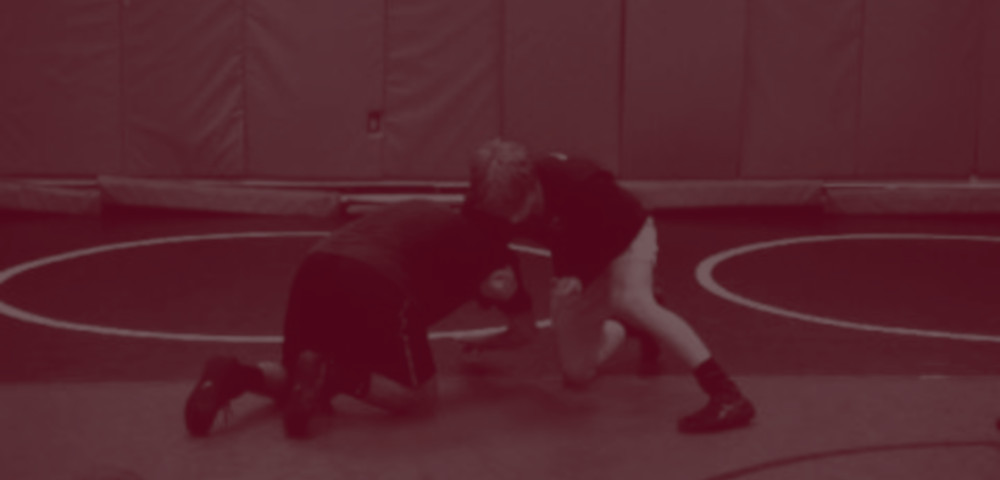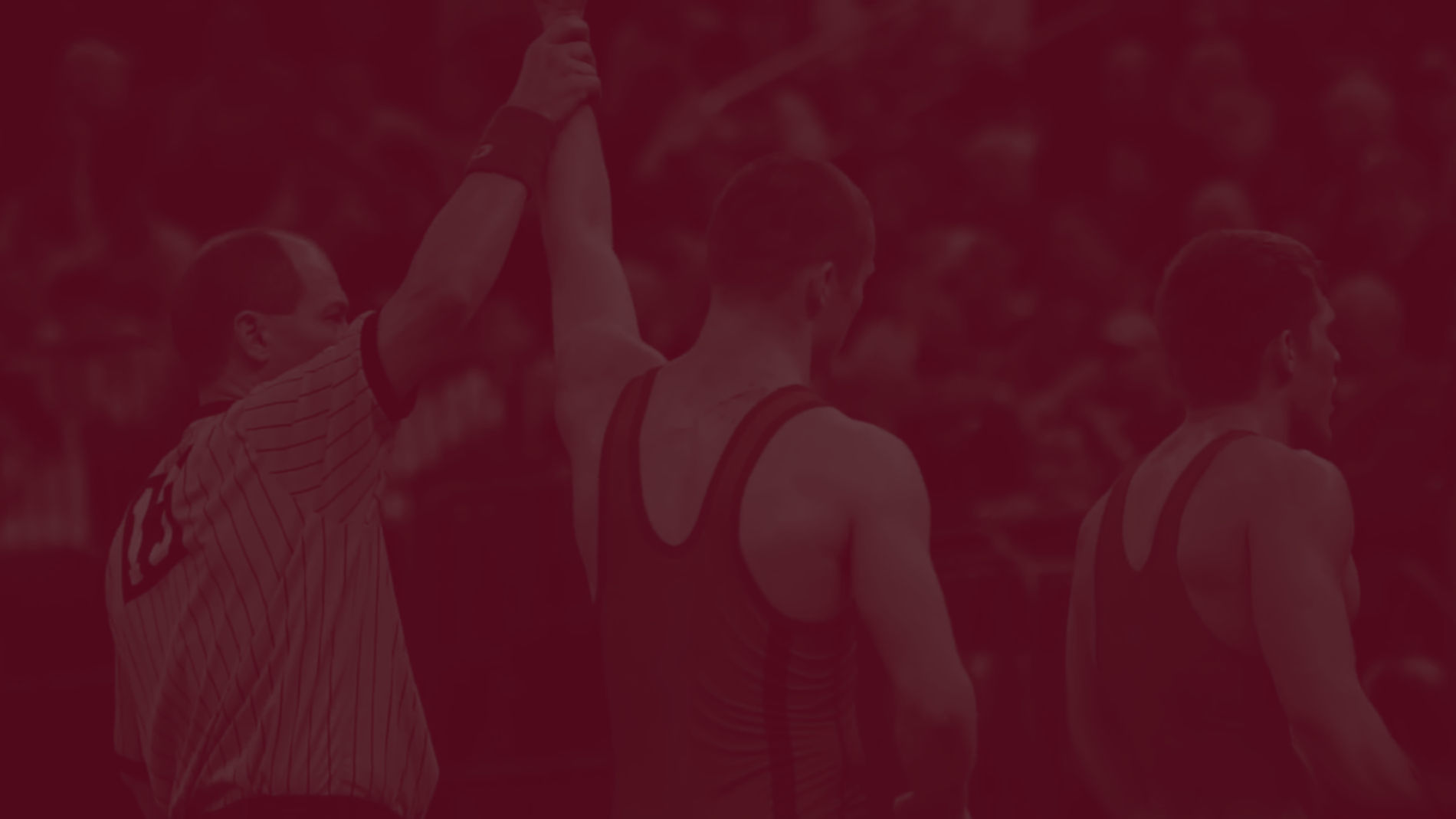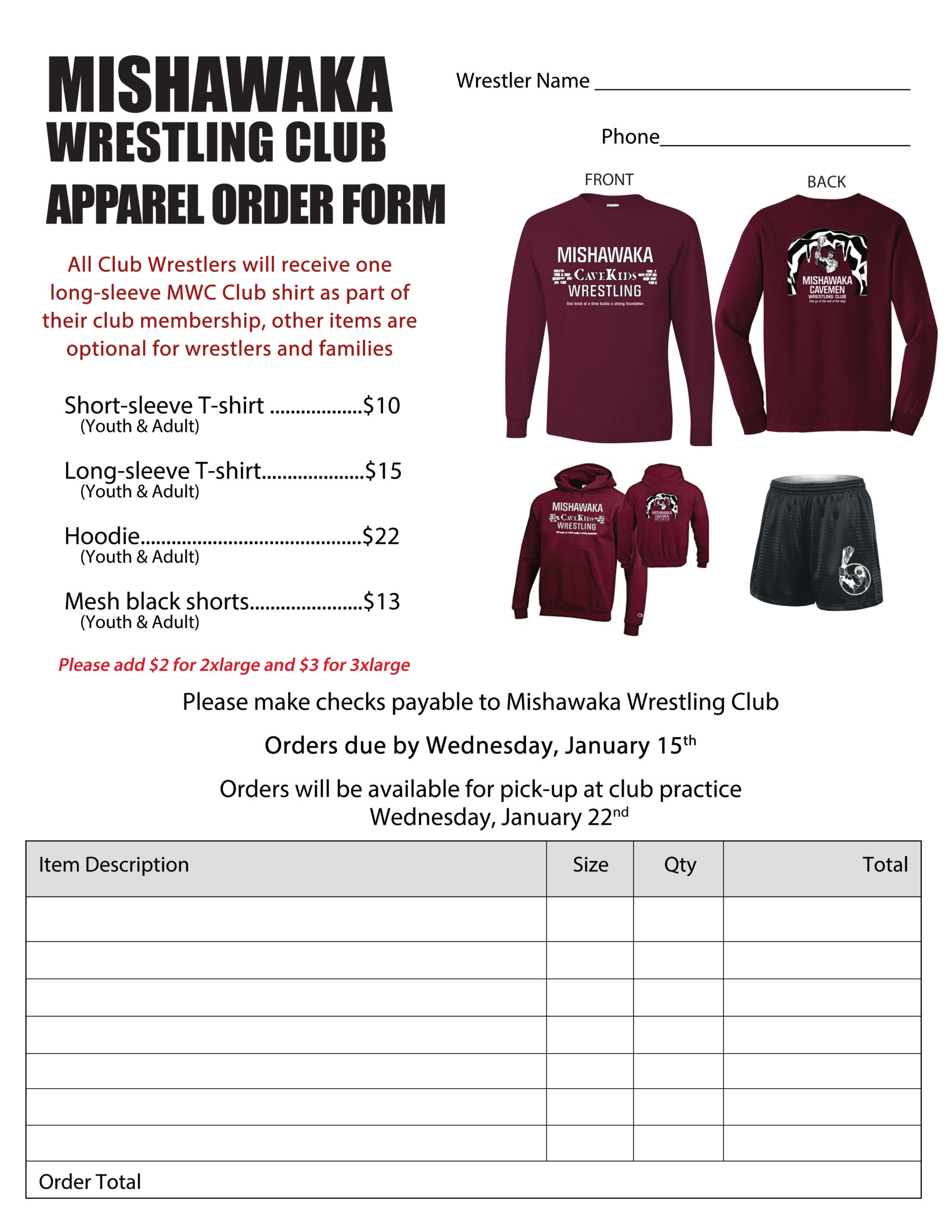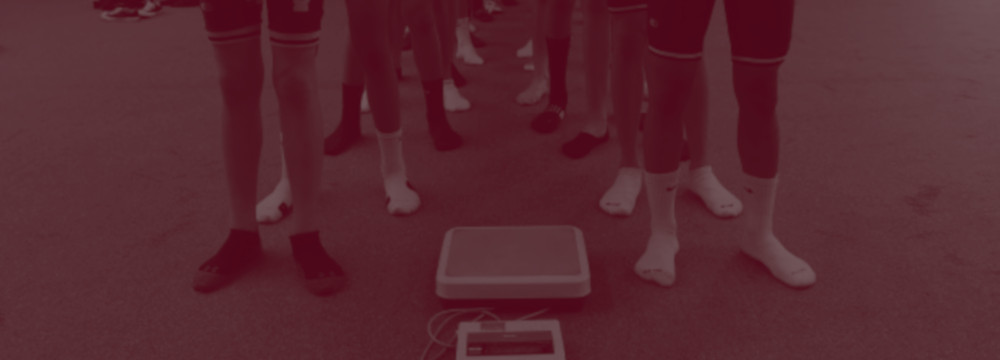Warm-Ups and Calisthenics
As wrestling parents, we’ve all seen it before. Coaches holler and the kids start jogging in small laps around the mat…then skip…then shuffle…then go through a series of somersaults, cartwheels, and other tumbling exercises. But this is WRESTLING practice! What’s with all the skipping and games when you signed your son or daughter up, and paid for, wrestling training?
That’s what you signed up for. That’s what you paid for. That’s what your son or daughter wanted. And while it may surprise you, that’s also exactly what you are getting!
These basic calisthenics and tumbling drills make up some of the basic building blocks for every wrestler’s development.
- Jogging around the mat is a simple warm-up to get the muscles moving and help prevent injury.
- Skipping introduces rhythm and footwork which makes up so much of what wrestlers do in neutral position.
- Shuffling in a stance helps build stronger hips, a lower center of gravity, and better posture for pressing offensively or absorbing attacks defensively.
- Somersaults, cartwheels, and other tumbling exercises require balance, coordination, shoulder and core strength, body position awareness, and explosiveness required at all levels in wrestling.
- All of these drills also incorporate active stretching which induce flexibility – both a benefit to competition and in preventing injuries
Just look at the list of drills and activities suggested by USA Wrestling! Gymnastics and tumbling skills, jumping and explosive movements, agility and foot speed drills, as well as core and coordination drills top the list of activities suggested for all levels of the sport – but are emphasized even more so at the youth levels due to the developmental benefit of these activities.
How frustrating is it to see your wrestler, who has spent untold hours mastering moves only to get spoiled by the inability to execute those moves against a “gifted” athlete? Skill plays a massive role in wrestling, but so does athleticism. The best wrestlers possess both, in addition to intellect. However, the “natural” athletes can sometimes frustrate and upset the tactitions of the sport.
Notice how I keep using the “quotation marks” for “gifted” and “natural” descriptions of these athletes? It’s because there is no such thing. Certainly some people have genetic advantages in height, weight, metabolism, and other body type features. The athleticism they possess is actually gained over a lifetime of simple, but key athletic movements repeated ad nauseam which build balance, body awareness, footwork, and explosiveness. These are learned traits which we often take for granted, and they take time and practice to develop. They are key in all sports, but especially so in wrestling – which is exactly why we emphasize a good portion of every practice to developing great athletes, who will ultimately make better wrestlers when combined with the technique and skills we develop in conjunction.

Games
Okay, so we got through warm-ups, ran a few drills on single-legs, double-legs, as well as bottom and top positions. Perhaps the wrestlers got to go live for a couple rounds or an up-tempo takedown challenge. What do typical youth practices almost always end with? You guessed it, games. But we didn’t come here to mess around! We came here to wrestle!
No. You came here to develop better wrestlers. You came here to build skills. You came here so your wrestler could grow in the sport. There are two very real aspects to training and growth within any sport, with no exception given to wrestling – avoiding burnout and believing in the process of functional skills development.
All work and no play is a quick path to disinterest in wrestling. It is already a tough sport due to the nature of head-to-head competition, records and rankings affecting seeding, and learning to deal with loss without accepting it. There are hundreds of stories about athletes not making the cut, or struggling, and ultimately becoming absolute leaders and icons of their sport later on. Chad Red Jr. is a prime example right here in the Hoosier State of wrestlers developing at different times or at a different pace. He struggled in youth wrestling, lost a ton of matches, and his parents were quoted as saying he cried after most of his losses. If his coaches and family didn’t keep the sport fun for him, he likely would have quit and we never would have had the opportunity to see the crazy accomplishments he had in high school – undefeated record all 4 seasons, 4-Time high school state champion, Division I recruit to Nebraska, 2-Time All-American, and one of the absolute best wrestlers in the country at his weight.
The games we play also build function skills. Sharks and Minnows develops strong stances, reaction times, quickness from shot positions, and effectiveness of takedowns. Fox Tail (Tiger Tail, Capture the Flag, etc.) teaches square hips, positioning relative to opponents, speed, and explosiveness from both offensive and defensive perspectives. Other games have similar affects on basic wrestling skills. But don’t let the word “basic” fool you, as those fundamentals are just as critical at the middle school, high school, and collegiate levels.
We have to give kids the chance to grow and build an appreciation for the sport. Practice cannot be all fun and games, but a portion of it should be. It is good for the athlete, it is good for the team, and it is good for developing functional skills in sneaky ways.

Bonus: Why do we work the same moves all the time?
Simply put, because your opponents are, too. At every level of wrestling, the core moves and disciplines are worked over and over again. There is no such thing as perfection, only better. As soon as you think you’ve seen a move perfected, a YouTube video is uploaded of someone doing it better, or doing it with slightly different technique which has a sneakier set up or a finish that’s more difficult to defend.
“Sometimes the most underrated moves are the most successful in the sport of wrestling,” says Dr. Bill Welker, author of The Wrestling Drill Book (Second Edition). “They are high-success, low-risk skills known as the basics.”
Welker points out that at the highest level of wrestling, such as at the NCAA tournament or in international competition, the wrestlers who master the basics find a way to emerge victorious. He goes on…
“It’s not about fancy takedowns,” Welker says. “The best of the best use a combination of single and double legs. One of the most decorated international wrestlers is Jordan Burroughs. Very, very few opponents can counter his devastating double leg. Many national championships have been won by perfecting double legs, stand-ups, and cradles,” says Welker. “The most underrated moves are wrestling’s fundamentals. Why are they still around? That’s simple. They work!”
So yes, we work a lot of the same moves regularly. We do it because it is important for wrestlers of all skill levels, because it works, and because those fundamentals win matches.







